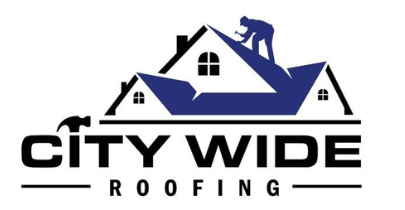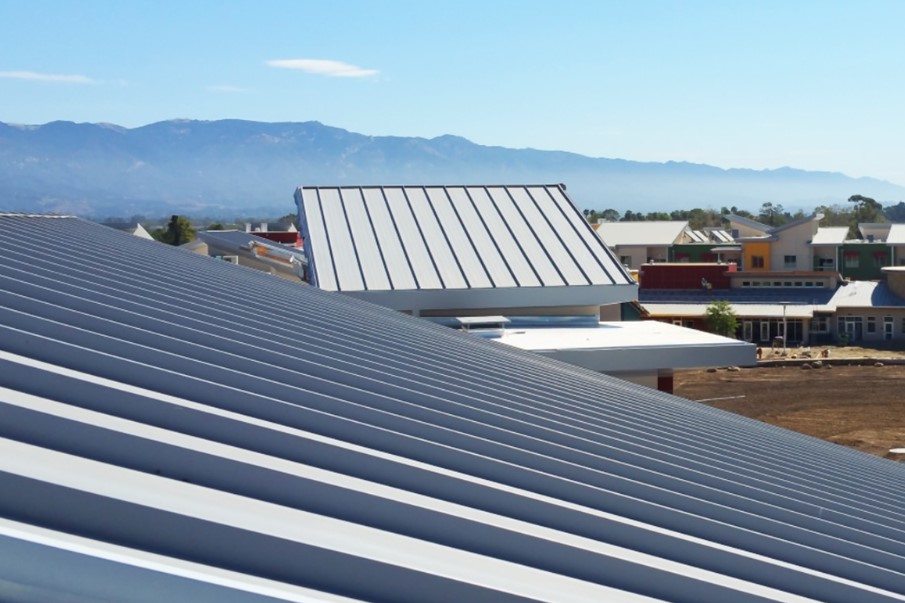Navigating the complex landscape of cool roof compliance can be a challenging endeavor. This guide provides a comprehensive exploration of the regulations surrounding cool roofing, a vital component of energy-efficient construction.
With a focus on both the technical and legal aspects, we aim to demystify these regulations, enabling you to utilize cool roofing solutions effectively and to their maximum potential.
Through complying with these standards, you can contribute significantly to building a sustainable future while also achieving considerable savings on energy expenditure.
This resource is designed to foster a community of knowledgeable and compliant businesses and individuals committed to energy efficiency.
Understanding Cool Roof Regulations
A comprehensive understanding of cool roof regulations is indispensable for property owners and building professionals aiming to optimize energy efficiency.
These regulations, developed by environmental agencies and building councils, mandate the use of highly reflective materials on rooftops to reduce heat absorption. They vary by geographic location, depending on the intensity of sunlight and ambient temperature.
The goal is to reduce cooling costs, mitigate the urban heat island effect, and decrease the carbon footprint. Non-compliance can result in penalties, so it’s crucial to stay updated with local and national standards.
In the journey towards building sustainability, navigating these regulations is not just a requirement, but a cornerstone of responsible and conscious development.
Achieving Energy Efficiency With Compliance
Several measures can be taken to ensure compliance with cool roof regulations, ultimately leading to significant energy efficiency improvements in buildings.
1. The selection of roofing materials plays a critical role. Choose materials with high solar reflectance and thermal emittance.
2. Regular maintenance and inspection of your cool roof ensure it remains in a condition that maintains energy efficiency.
3. Implementing a comprehensive energy management plan that includes cool roofing can help track energy savings and maintain compliance.
4. Lastly, educate building occupants about the benefits of cool roofing and energy efficiency. This promotes a sense of belonging and shared responsibility towards energy conservation.
Conclusion
Navigating cool roof regulations can be a labyrinthine process, but it’s a journey worth undertaking for the substantial energy efficiency rewards.
Through compliance, we can transform our structures into energy-saving havens, thereby reducing our carbon footprint.
As we tread this path, it’s essential to remember that every roof can be a stepping stone towards a sustainable future.
Consequently, it’s not just about keeping our buildings cool, but also making a cool contribution to our environment.
Cool Roofs, Lower Bills: Harnessing Energy Efficiency for Savings


